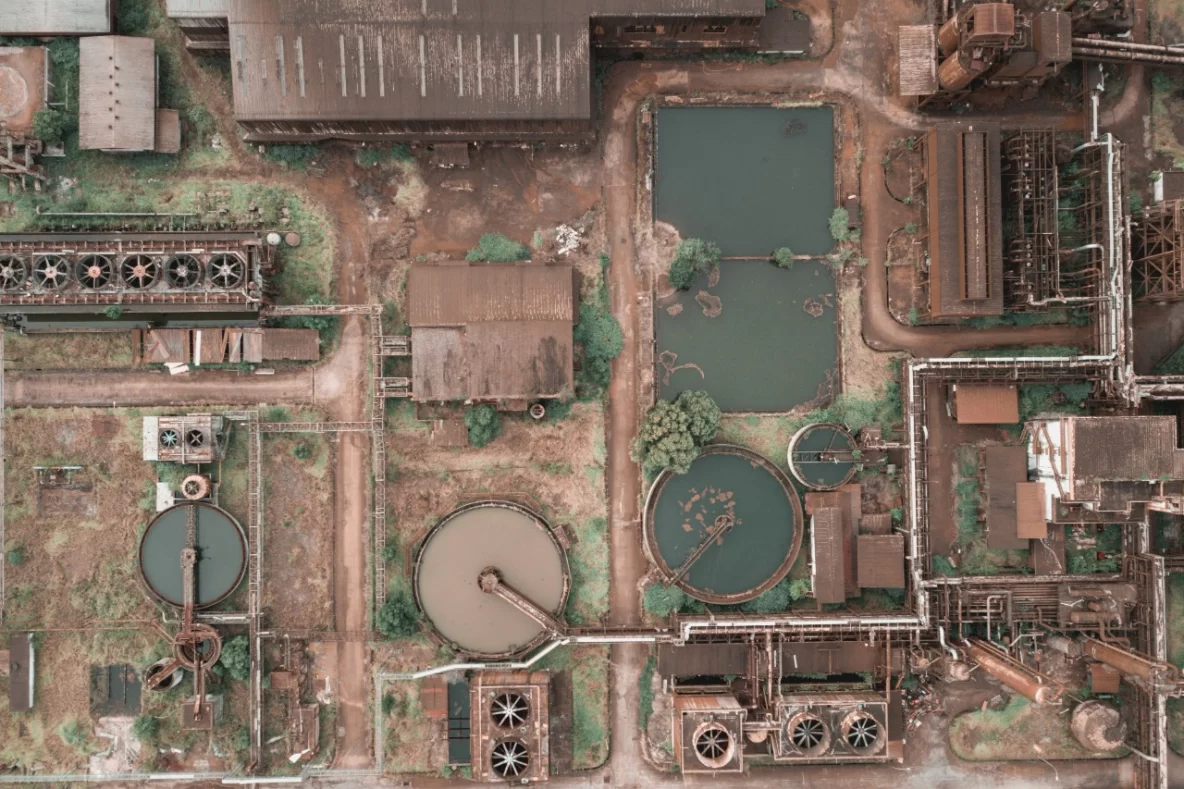Drainage systems greatly determine the safety and health within urban life by managing wastewater effectively. Having a proper drainage system can help prevent flooding in flat and low-level areas, which can pose health risks and damage to property. An effective drainage system can be designed to remove all the excess water without causing citizens any inconvenience.
Stormwater and sewerage can be managed with separate networks, or they can drain into the same underground drainage system. Usually, stormwater runoff does not need to be separately treated as it is not as unclean or full of dangerous pathogens as compared to sewerage water. Therefore, it is possible to drain stormwater directly into water bodies. However, sewerage and industrial waste must always be treated before it is let into water bodies. Usually, drainage is categorized into open or closed drains. Closed drains comprise a systematic network of underground piping while open drains are usually designed to collect wastewater that is not sewage.
Measuring Water Quality
- Water safety and quality are measured by the following criteria:
- Total coliform bacteria
- Hardness
- pH levels; acid or alkaline
- Nitrates
- Dissolved solids
- Salt
- Salinity
- Sulfate
- Other elements such as toxic minerals, pesticides, or algae growth.
Water treatment is a crucial component in preventing diseases within a population. This involves the removal of contaminants and bacteria before it is turned into potable water for human consumption. In addition, water also needs to go through a treatment to be non-corrosive in nature so that it does not damage pipework.
Key Stages of Water Treatment
There are seven key stages that make up the full-scale water treatment of a city’s municipal water supply:
1.) Screening: It is the first stage that involves removal of large solids present in the water. This is achieved through both coarse and fine screens. Coarse screens comprise a corrosion-resistant mesh that filter out larger debris and other solids like twigs and fish etc. Next come the fine screens involving micro strains which filter out smaller microscopic organisms for example algae. The trapped material is filtered out by using high-powered water jets of clean water.
2.) Aeration: The next step of aeration involves the supplying of water with air by making it go through a system that supplies oxygen to the water. This separates the dissolvable gasses like carbon dioxide and hydrogen sulfide. These gasses are corrosive and acidic and must be separated to make the water less corrosive and safer overall. Additionally, this process also removes other agents that have colour and taste like iron and manganese.
3.) Coagulation and Flocculation: This is where a chemical agent is introduced into the water to initiate a process called coagulation. A high-powered rotor rapidly mixes the coagulant into the water which further removes the extra fine particles. This is followed by flocculation which involves the removal of fine particles forming together as “flocs.”
4.) Sedimentation: This is the next step where the large particles that have formed together are separated as they sink to the bottom of a settling tank. This process takes many hours for all the sediment to fall to the base of the tank and be separated from the rest of the water.
5.) Filtration: This is an additional process where clean water and air are introduced to the treated water again to separate any remaining solids or particles.
6.) Chlorination: This is the last part of disinfection where the disinfectant, chlorine, is added to the water.
7.) Additional treatment: These measures depend on the country or use of water to provide additional safety. Adding fluoride to the water, for such, is a common practice.
Safety of Water Sources – Based on the Guidelines for Drinking-Water Quality (GDWQ) by WHO, 2022
Rainwater:
Rain water systems that have been designed well with covered cisterns, clean catchments and storage tanks as well as proper disinfection and filtering systems can be appropriately used for domestic purposes. Rainwater is generally impurity-free, however, contamination can occur at the point of storage from wind-blown dirt, leaves and bird droppings. Screening of catchment tanks and storage besides regular cleaning can prevent this contamination.
Desalination systems:
Desalination systems remove salts from saline water or groundwater to convert it into water that is fit for human or animal use. Desalinated water is, however, corrosive due to the fact that it is low in minerals and high in salt, therefore, having the potential to damage pipework.
Household treatment:
These include a range of technologies and devices that treat water to make it fit for use at home for washing, bathing and food processing. It is not recommended to recycle water for drinking purposes, however, using household technologies as water needs to go through a range of systematic filtration systems and chemical treatments before it is converted to drinking water. Household treatment in particular is not effective in getting rid of some dangerous pathogens and bacteria. Even chlorine is not able to render these compounds ineffective. However, it is possible to recycle greywater and rainwater so it can be used for other domestic needs. This can be made possible through ceramic, membrane or composite filters, chemical disinfection (chlorine dioxide and ozone), solar disinfection (through using solar radiation) to kill microbes or using storage penetrated by UV radiation; one such system is the SODIS system.
Chemical disinfection for humans and pets:
Chlorine and Chloramine levels up to 4 milligrams per liter or 4 parts are deemed safe for drinking water as well as for other purposes.
Chlorine and chloramine are toxic to fish and aquatic animals because they can be directly absorbed into their bloodstream, unlike as it is for humans. Chlorine and chloramine can be removed from water by letting it sit out for a few days or by adding an agent available at pet stores that removes these chemicals. Low levels of chlorine and chloramine usually used in water will not harm other pets such as mammals and birds.


